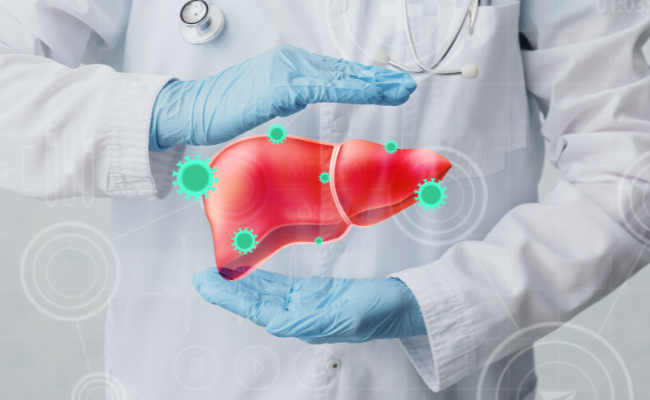How to Treat Liver Abscess Pyogenic?
- December 18, 2023
- No Comments

What is a Liver Abscess Pyogenic?
A pyogenic liver abscess is a pus-filled cavity within the liver, typically caused by a bacterial infection. This condition is a serious medical concern, and prompt treatment is essential to prevent complications. Understanding how to treat a pyogenic liver abscess is crucial for ensuring the best possible outcome for affected individuals.
Why is Treating a Liver Abscess Pyogenic Important?
Treating a pyogenic liver abscess is crucial for several reasons:
- Preventing Complications: If left untreated, a liver abscess can lead to severe complications, including rupture, peritonitis (infection of the abdominal cavity), and sepsis (a life-threatening infection in the bloodstream).
- Relieving Symptoms: Liver abscesses can cause symptoms such as fever, abdominal pain, jaundice, and weight loss. Treatment can alleviate these symptoms and improve the patient's quality of life.
- Avoiding Spread of Infection: Proper treatment can prevent the spread of the bacterial infection to other parts of the body, reducing the risk of further health complications.
- Preserving Liver Function: Timely treatment can help preserve the function of the liver, an essential organ responsible for numerous vital functions in the body.
How to Treat a Liver Abscess Pyogenic?
The treatment of a pyogenic liver abscess involves medical intervention and may include the following steps:
Diagnosis:
- The diagnosis begins with a thorough medical history and physical examination.
- Blood tests, including liver function tests and a complete blood count, are conducted to assess the severity of the infection.
- Imaging studies, such as ultrasound, CT scans, or MRI, are often used to confirm the presence of the abscess and determine its size and location.
Antibiotics:
- Broad-spectrum antibiotics are administered intravenously to target the underlying bacterial infection.
- Antibiotic choice may be adjusted based on culture and sensitivity test results to ensure the most effective treatment.
Percutaneous Drainage:
- In many cases, a percutaneous (through the skin) drainage procedure is performed to remove pus from the abscess.
- A needle or catheter is guided into the abscess cavity using imaging guidance, and the infected material is drained.
- This procedure helps relieve symptoms, accelerates healing, and reduces the risk of rupture.
Surgery:
- In some cases, particularly if the abscess is large, complex, or difficult to drain percutaneously, surgery may be necessary.
- Surgical drainage and debridement of the abscess may be performed to remove infected tissue and prevent complications.
Treatment Solutions for a Liver Abscess Pyogenic:
- Antibiotics: The use of appropriate antibiotics is crucial in treating a pyogenic liver abscess. These medications help eliminate the bacterial infection responsible for the abscess.
- Percutaneous Drainage: Drainage procedures are often a primary treatment option, as they remove pus and help relieve symptoms. This minimally invasive approach is favored whenever possible.
- Surgery: Surgical intervention may be required for larger or complex abscesses that cannot be effectively drained percutaneously. Surgery is aimed at complete removal of infected tissue.
- Intravenous Fluids: Patients with liver abscesses may receive intravenous fluids and electrolytes to maintain hydration and support overall health.
Benefits of Treating a Liver Abscess Pyogenic:
- Prevention of Complications: Prompt treatment reduces the risk of severe complications, such as abscess rupture and sepsis, which can be life-threatening.
- Symptom Relief: Treatment helps alleviate symptoms, including fever, pain, and jaundice, improving the patient's comfort and well-being.
- Infection Control: Adequate treatment prevents the spread of infection to other parts of the body, reducing the risk of further health issues.
- Liver Function Preservation: By addressing the underlying infection and preventing further damage, treatment helps maintain the liver's essential functions.
- Enhanced Recovery: Drainage procedures and antibiotics accelerate the healing process, allowing patients to recover more quickly.
Comments (0)